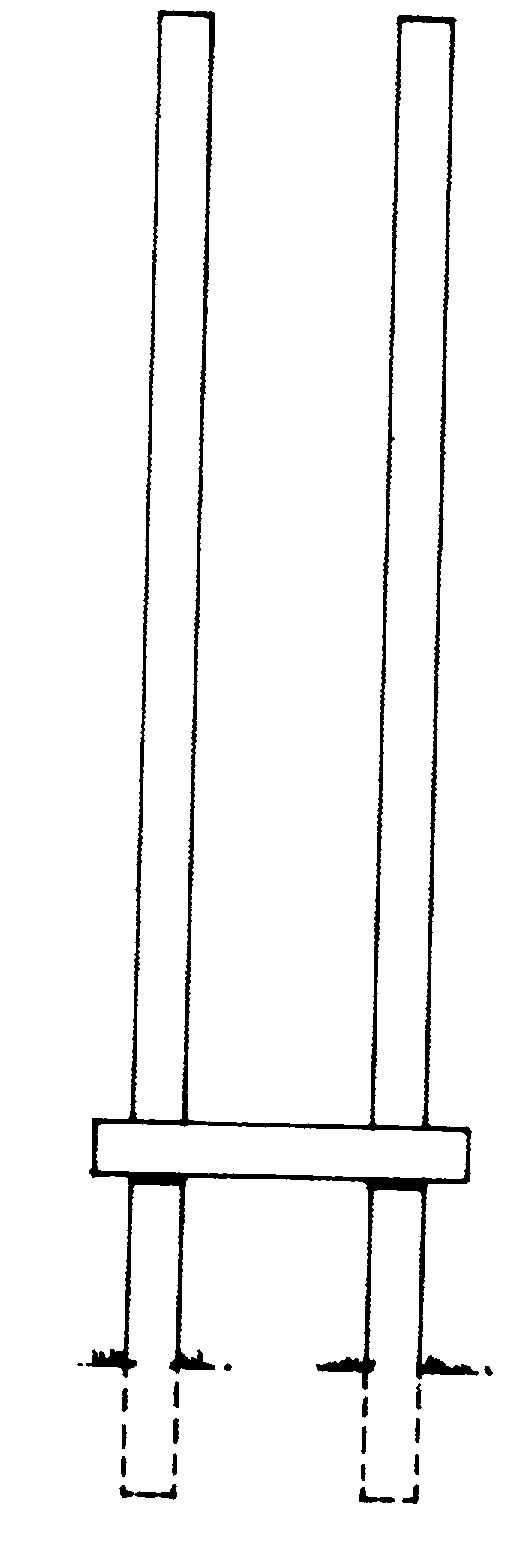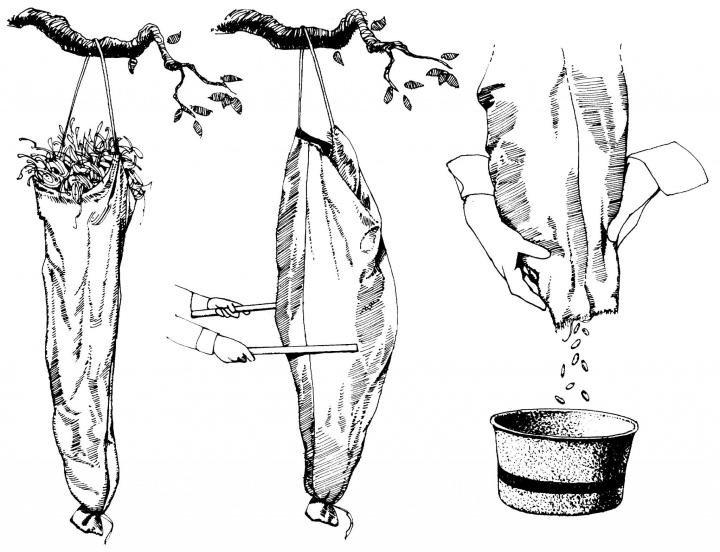
Caption
John Withee with his bean case in 1981
Photo Credit
Seed Savers Exchange
Subhead
The simplest solution for threshing dry beans.
More Like This
Bean Protein: There are three types of Protein; "Dairy fish Eggs and meat have first class protein; Beans have 2nd class protein; fruits and vegetables have third class Protein; Beans have higher protein because their roots have a macrobacteria which uptakes nutrients;better;











Comments